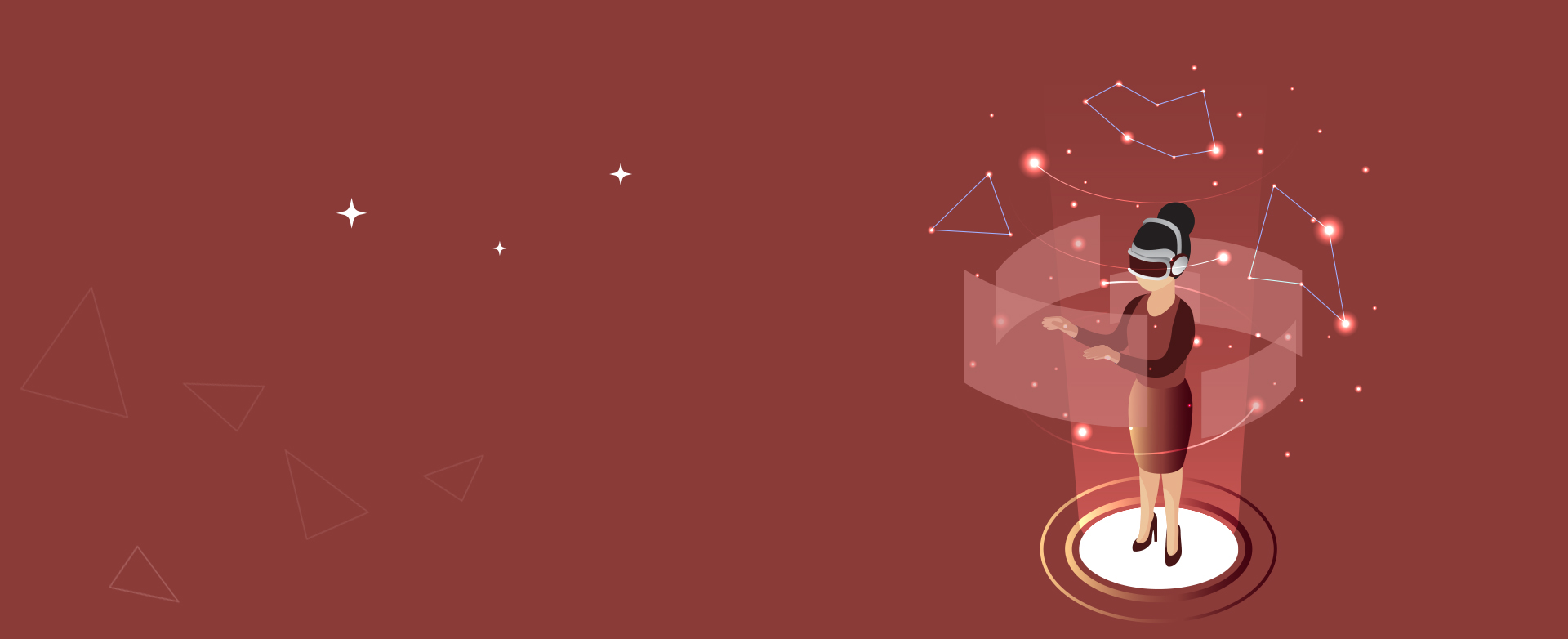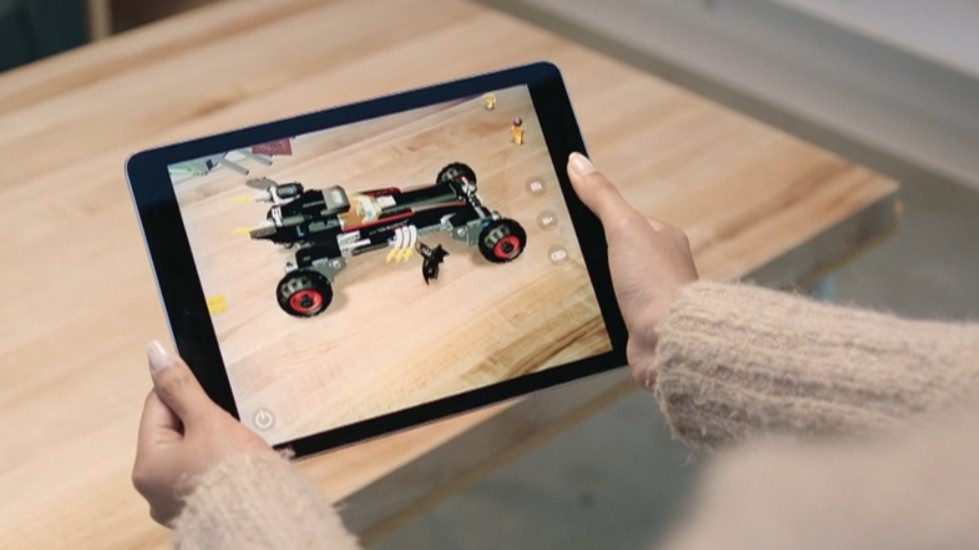* VR
In virtual reality technology, the user can experience entering a combat battle or a match, but in the heart of the house, where this technology can produce a simulation to experience matches or combat wars using computers that create 3D in an environment where the user can be part of this experience, and he can also navigate it, The interaction is also through special devices that support it to integrate more into the experience, which are mostly virtual reality glasses or motion-sensing controllers. The virtual reality experience is based on basic elements, which are hardware and software, where the devices can support viewing virtual reality scenes to the user through software Simulate video games with a major difference, which is that you are part of the game's events, where the user can enjoy the experience through the virtual reality glasses and download virtual reality applications to enter an integrated experience, but the virtual reality experience is a limited experience that focuses mainly on the world surrounding the user. For the user to go to an area larger than the scenes specified in virtual reality, and the user cannot separate from virtual reality except by closing the application, or raising Virtual reality glasses, so the user cannot disconnect from the experience and go out to browse the phone, for example, unless you want to completely exit the experience and take off the virtual reality glasses, as virtual reality completely surrounds the user in the experience, that is, no scenes from the actual reality surrounding the user and from The virtual reality glasses available in the market now are the Oculus Rift DVI glasses on Facebook, and it is one of the unique technologies that can connect to the USB port or the 3D port as well as it provides tracking of the user's head movement to transfer scenes to the screen of this technology
* AR
2D / 3D is a computer simulation experience as it conveys views in a view around the user's environment
Where these scenes are combined with a display that merges with the realistic scenes surrounding the user, to create a complex presentation reality. The consumer can use augmented reality technology to show information or data on augmented reality through layers of scenes that appear to the user in virtual reality, where the user can, for example, explore sites Restaurants in a virtual scene The virtual computer-generated scene aims to enhance the perception of the real world that the user is seeing or interacting with. Augmented reality aims to create a system in which it is not possible to perceive the difference between the real world and what is added to it using augmented reality technology. When someone uses this technology to look at the environment around him, the objects in this environment are equipped with information that swim around and integrate with the image that is being viewed. It has universal advantages in education, as it makes the student more enthusiastic about learning, and among the most important of these advantages when applied in the field of education and making it an excellent means of learning a number of things, the most important of which are:
Immersion is the feeling that a user of virtual reality programs gets that he is - really - inside this world, connected with it, and responsible for it.
Interaction: It is the ability of the program user to influence this made world that he sees in front of him, and to deal with it with the same logic that he can deal with in ordinary life, so he is not bound by specific behavior, or angles of vision that he does not deviate from, for example.
. The ability to generate and live with any environment, no matter how realistic or imagined it is. Simulation in virtual reality is an excellent alternative to education and training as it gives students opportunities to repeat and learn by trial and error.
The possibility of avoiding expected dangers in the real world, such as studying the nuclear reactor or piloting an airplane, and others
It allows students to conduct laboratory experiments step-by-step and provides them with the opportunity to continue the experiment during an open period of time and by using new techniques through the actual use of the experiment, and prepares the student to interact with the virtual experience and positively participate in it according to the results obtained.
Encourages creativity and innovation among students in programs that depend on creation, creation and manufacturing
The use of virtual reality technology in the classroom will encourage students to overcome the state of passive reception in order to set out for active participation in education that may push them to continue their higher or self-education in various fields.
Physical, where universities, classrooms and virtual buildings were established, if they were built on the ground, they cost quite a lot
. The possibility of renewal and modernization, especially since virtual reality depends on renewable technology and in an accelerated manner.
There are many applications of augmented reality in education, for example: 1- Education by adding graphics, videos, and audio to the textbook. 2- Get to know the different tourist attractions and their information when they see them directly instead of reading this information through books. 3- Understanding chemistry better by seeing the molecules and atoms and the merging and disintegration processes that take place between them quite easily. 4- Books that support augmented reality that are compatible with applications for adding augmented information. 5- See the educational lessons in the curricula in a three-dimensional form and move this three-dimensional model by moving the book in front of the camera of mobile devices




